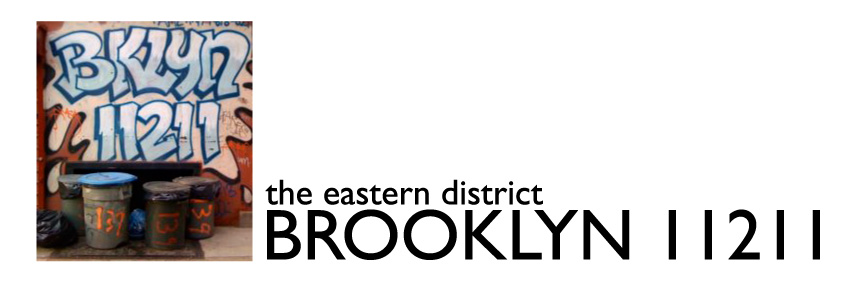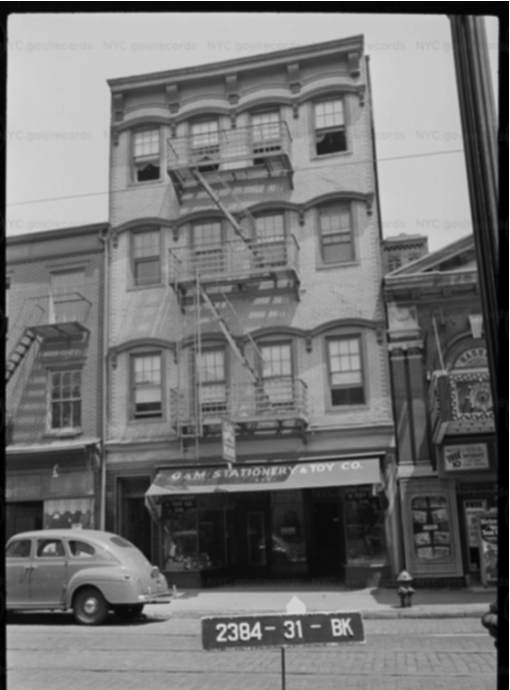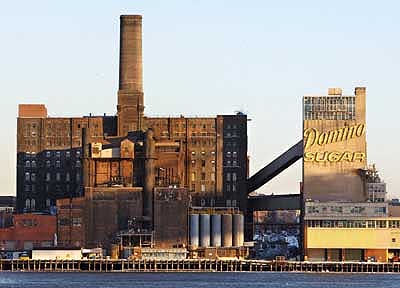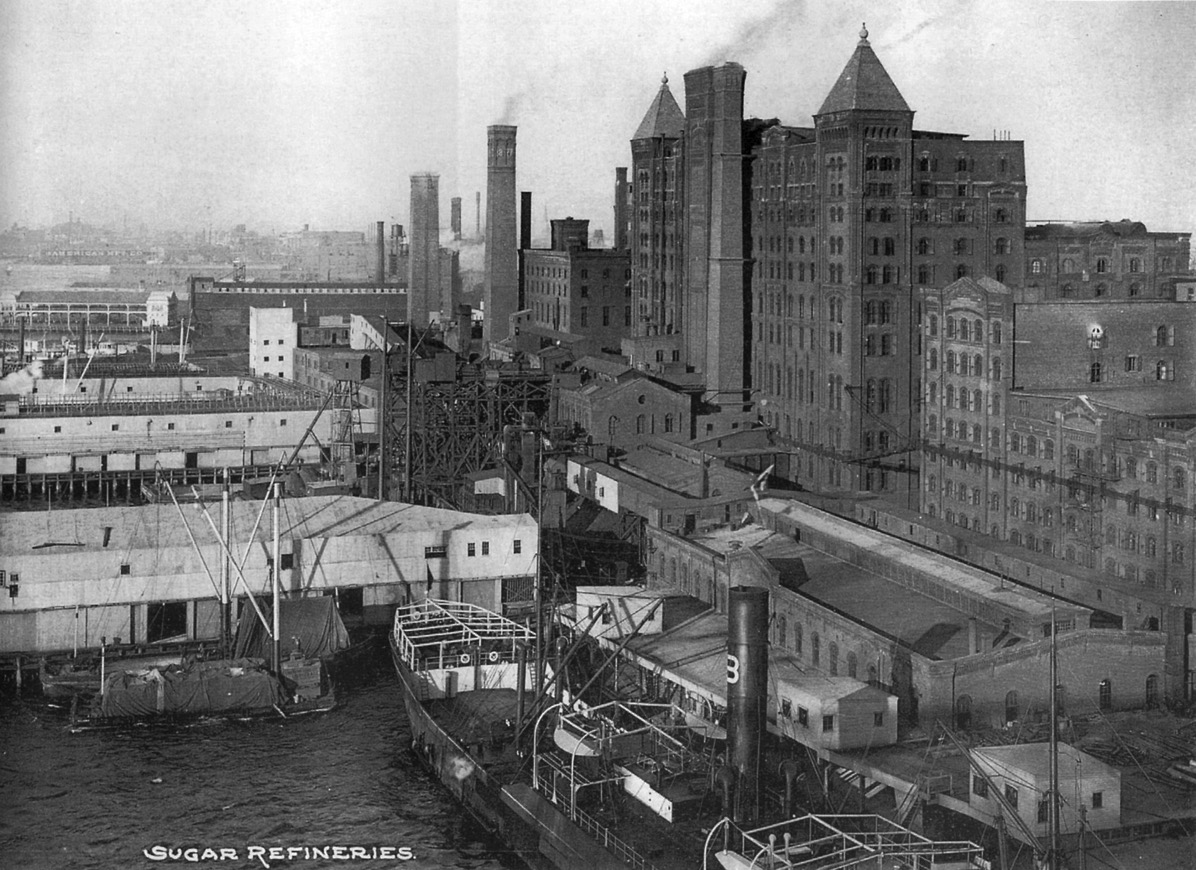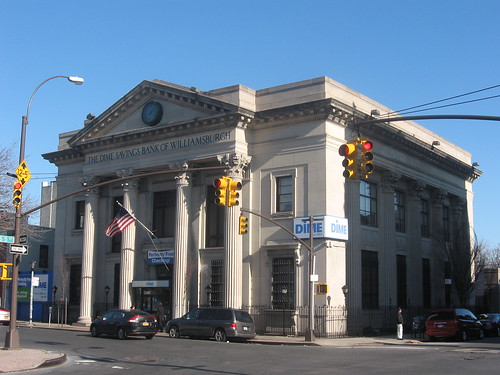Author Henry Miller spent the first decade of his life living at 662 Driggs Avenue. Geoff Cobb, writing in Greenpointers, recently took a look at an article Miller wrote in 1971 about his childhood home:
Though he had been away for five decades, Miller had a crystal clear memory, recalling many fascinating stories from that vanished world of his childhood.
Actually, Miller’s memory about Williamsburg was pretty shitty. He might have sent Pastor John Wells, a “rather pompous and aristocratic minister one of my first pieces of writing from Paris”, but Wells – who died in 1903 – certainly didn’t get it. Wells’ son, who inherited his father’s pastorate at the South Third Street Presbyterian Church, also wasn’t the recipient (Wells fils died in 1929, a year before Miller went to Paris).
The Wells’ church also never became a synagogue (the congregation exists to this day).
And Miller is certainly confused about where he went to high school – “I decided that I would go to Eastern District High School, which at that time was situated in McCaddin Hall on Berry Street or Wythe AVenue, I forget which. There was an Annex to it Situated on Driggs Avenue and South Third Street, just opposite the old Presbyterian Church”.
Eastern District High School was on Division Avenue back then (the building still stands, and is now a yeshiva). The “annex” that he refers to is probably John D. Wells Elementary School, at South 3rd and Driggs.
For more eloquent reminiscences, Miller’s Tropic of Capricorn yields this snippet about Fillmore Place:
It was the most enchanting street I have ever seen in all my life. It was the ideal street – for a boy, a lover, a maniac, a drunkard, a crook, a lecher, a thug, an astronomer, a musician, a poet, a tailor, a shoemaker, a politician. In fact this is just the sort of street it was, containing just such representative of the human race, each one a world unto himself and all living together harmoniously and inharmoniously, but together, a solid corporation, a close knit human spore which would not disintegrate unless the street itself disintegrated.
